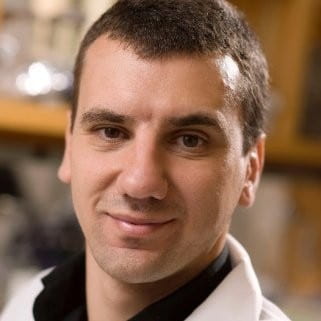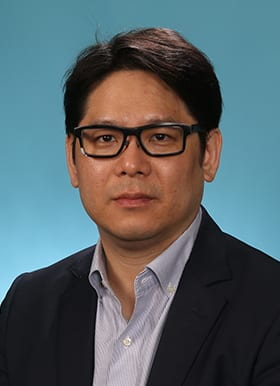Eligibility: All NGI-affiliated faculty members are eligible to apply, and we encourage applications from both new investigators and established PIs who are interested in transitioning from animal or cell models to human data.
How to apply: Letters of intent (LOIs) may be submitted by affiliated members of the NeuroGenomics and Informatics Center. The Project PI must be a member as of the submission deadline. Learn more about membership.
Please download and complete the LOI application form linked here. LOIs must be returned by email to neurogenomics@wustl.edu along with biosketch(es) for the project PI(s) and a budget estimate and justification by 5:00pm CST on December 10, 2021.
Selected LOIs will be invited to submit a full proposal within 5 weeks. Full pilot project submissions will be due by February 18, 2022. The full submission will include a research plan (5 pages maximum, single spaced, Arial 11 font), references, and proposed budget and justification. Funding announcements will be made ~3-4 weeks later. Selected proposals will receive up to $100,000 for a one-year project period for collaborative projects or up to $50,000 for an individual project. The project funding period is April 1, 2022 through March 31, 2023.
2022 Timeline:
- December 10, 2021 LOIs due by 5:00pm CST
- January 14, 2022 Select applicants will be invited to submit full proposal
- February 18, 2022 Full pilot project submissions due
- Mid-March Awards announced
- April 1, 2022 Award start date
Collaborative Pilot Award 2022:



Monitoring Lysosomal Content and Signaling in Lysosomal Storage Disorders
Collaborative Award: Monitoring Lysosomal Content and Signaling in Lysosomal Storage Disorders
Project: Progress in the understanding and treatment of neuronopathic lysosomal storage disorders (LSDs) is severely hindered by an incomplete understanding of their pathogenesis. In the last decade, multidisciplinary scientific advances have radically transformed our understanding of the lysosome from a mere collection of degradative enzymes to a dynamic signaling hub that participates in—and regulates—cell metabolism as a whole.
The study of the lysosome as a fully integrated organelle in LSDs, however, has not followed organically. Little or no insight has been gained on changes (accumulation or deficiency) in metabolites beyond the primary storage material, their role in the regulation of lysosomal homeostasis, and the subsequent perturbations in the function of the lysosome as a signaling hub. We propose to leverage a novel multiomics approach to characterize how changes in the lysosomal proteome and metabolome influence the epigenomic and transcriptomic profile of iPSC. These will derived from individuals with CLN2 disease, Krabbe disease, and MPS IIIB, representative neuronopathic LSDs that have markedly different cellular pathologies and in which contrasting types of storage material accumulate.

Individual Pilot Award:
Identification of transcript signatures of neurodegeneration in directly reprogrammed neurons of late-onset Alzheimer’s Disease
Project: The ability to generate human neurons by directly converting fibroblasts of adult individuals offers experimental benefits to model late-onset disorders. Most notably, direct neuronal conversion, via microRNA induction, propagates epigenetic age stored in the starting fibroblasts to reprogrammed neurons, thereby mimicking the age of fibroblast donors. Using this approach, we have demonstrated that directly reprogrammed neurons derived from adult-onset Huntington disease (HD) and tauopathy patients recapitulated hallmarks of neurodegenerative phenotypes.
While studying the transcriptome of HD patient-derived neurons, we came across an interesting observation that in HD neurons that eventually undergo cell death, we detected several unannotated novel transcripts specifically expressed in degenerating neurons of symptomatic HD patients. Importantly, the same signal was not as pronounced in neurons that do not degeneration from pre-symptomatic stages. Rescuing symptomatic neurons from neurodegeneration lowered the amount of the transcript signal, indicating that directly converted neurons allow the identification of neuron-specific signals correlated to the degenerative state of patient neurons.
We would like to expand on this preliminary result and test the feasibility of AD-associated transcript signals as novel markers that can predict neurodegeneration of LOAD.